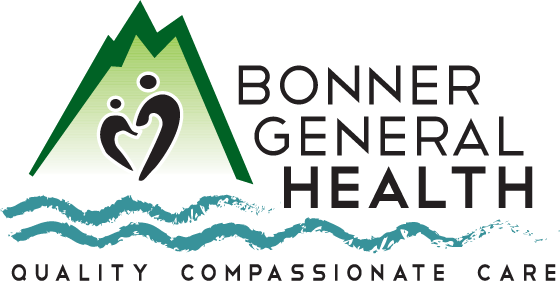By Kathy Hubbard
There’s an epidemic raging in this country, and I’m not talking about COVID. I’m talking about childhood obesity. The statistics are mind-boggling. The Centers for Disease Control and Prevention says that 18.5 percent of children ages two to nineteen are obese. The prevalence was 13.9 percent for two to five-year-olds; 20.6 percent among children twelve to nineteen. That’s one in five children.
Obesity is a body mass index above the 95th percentile of the CDC sex-specific BMI-for-age growth charts. You can find the charts online. It’s important to note that not all children carrying extra weight are overweight or obese.
“Some children have larger than average body frames,” Mayo Clinic explains. “And children normally carry different amounts of body fat at the various stages of development. So you might not know just by looking at your child if weight is a health concern.”
You can’t, but your pediatrician can, and you need to ask him or her to consider your child’s history of growth and development and your family’s weight-for-height history determine where your child measures on the growth charts.
It would be easy to blame childhood obesity exclusively on lifestyle issues: too many calories, not enough exercise. And, indeed, those are the prevalent causes. But, Mayo Clinic tells us that “genetic and hormonal factors might play a role as well. For example, recent research has found that changes in digestive hormones can affect the signals that let you know you’re full.”
Suppose your child comes from a family of overweight people. In that case, they are more likely to be overweight, especially in an environment where high-calorie foods are always available, and physical activity isn’t encouraged.
“Personal, parental, and family stress can increase a child’s risk of obesity. Some children overeat to cope with problems or deal with emotions, such as stress or fighting boredom. Their parents might have similar tendencies.” Mayo says.
Then, there are socioeconomic factors. People with limited resources are more apt to buy convenience foods that don’t spoil, frequent fast food restaurants because the meals are cheap, and do not have access to safe or affordable areas to exercise.
The National Institutes of Health says that childhood obesity is one of the most severe public health challenges of the twenty-first century. Childhood weight issues are apt to follow them into adulthood.
“Childhood obesity can profoundly affect children’s physical health, social and emotional well-being, and self-esteem. It is associated with poor academic performance and a lower quality of life experienced by the child. Many co-morbid conditions like metabolic, cardiovascular, orthopedic, neurological, hepatic, pulmonary, and renal disorders are also seen in association with childhood obesity,” NIH says.
Mayo lists the most common physical complications. The risk list starts with type 2 diabetes, which we know is often caused by inactivity and poor diet. Metabolic syndromes include high blood pressure, high triglycerides, low HDL (good) cholesterol, and excess abdominal fat, all that can lead to a buildup of plaques in the arteries. Plaque buildup can result in heart attacks and strokes.
Children who are overweight or obese are more likely to have asthma. They’re also more susceptible to sleep disorders like obstructive sleep apnea. They also have a high risk for nonalcoholic fatty liver disease, which has no symptoms but can lead to scarring and liver damage. And, obese children are more likely to break a bone.
“Children often tease or bully their overweight peers, who suffer a loss of self-esteem and an increased risk of depression as a result,” Mayo says. “Overweight children tend to have more anxiety and poorer social skills than normal-weight children do. These problems might lead children who are overweight either to act out and disrupt their classrooms or to withdraw socially.”
The truth is that obesity is curable. It’s not easy because it will most likely require the whole family to get involved. Your pediatrician can give you advice on diet and exercises that are age-appropriate. In some instances, your provider may prescribe medications. Your doctor may even recommend weight-loss surgery.
This epidemic is stoppable. Perhaps the end will begin at your house.
Kathy Hubbard is a member of Bonner General Health Foundation Advisory Council. She can be reached at [email protected].

